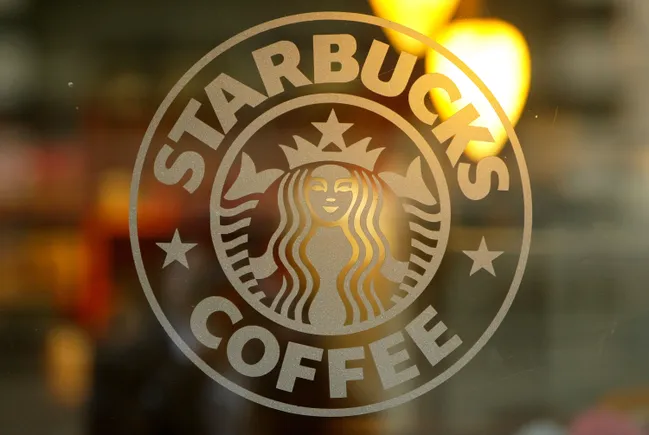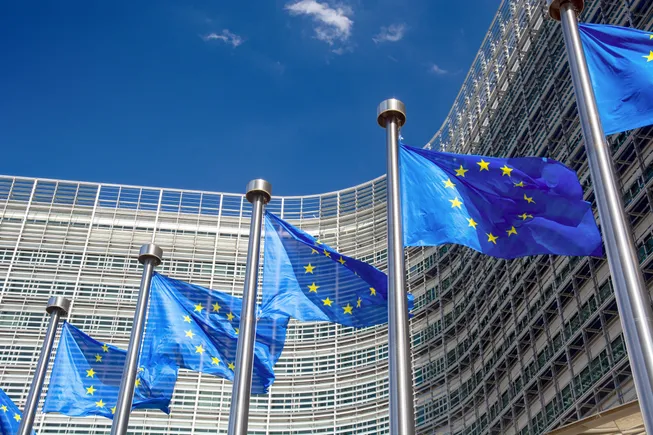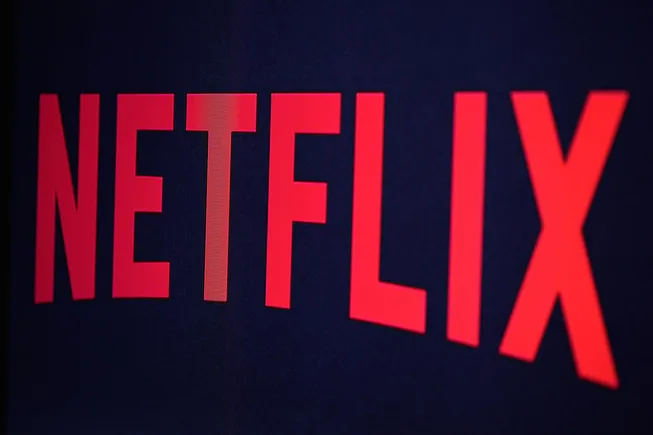• Published June 20, 2024
Mary Moreland is executive vice president, human resources, at Abbott.
With the three-year pandemic reprieve from federal student loan repayments now well in the rear-view mirror, many employees are once again facing a daunting choice: focus on paying off student loans or saving for retirement.
As of January 1 this year, employers have a new way to help employees meet these challenges.
That new way is a function of the Secure 2.0 Act, a federal law that allows employers to make contributions to employees’ retirement plans based on qualified student loan payments.
Employers often match employee contributions to 401(k)s and 403(b)s. Now, employers “match” when their employees pay down their student debt.
The heavy toll of student loan debt
There’s certainly a need for innovative ways to address the nation’s student debt crisis. More than 43 million Americans carry student loan debt, which totaled $1.6 trillion in the fourth quarter of 2023. The average debt load among all borrowers last year was nearly $38,000.
And those obligations exact a toll. More than nine in ten borrowers between the ages of 18 and 39 report that financial stress impacts their physical and mental well-being, according to a survey we conducted with Morning Consult. More than 80% said they were worried about resuming payments when the pause on federal student loans ended.
This predicament coincides with a similar crisis in retirement savings. According to a report published in February by the Senate Health, Education, Labor and Pensions Committee, the number of workers at risk of a “financially insecure retirement” has risen from one in three to nearly 50% in the past 40 years. “Roughly 57 million Americans do not have a way to save for retirement easily and automatically out of their regular paycheck,” the committee found.
Even many people with access to workplace retirement savings plans do not use them. Just 50% of eligible workers participate in employer-sponsored 401(k)s.
Student debt is a reason why. In our survey, 46% of respondents said paying their student loans hindered their ability to save for retirement. Some 86% reported reducing contributions to their 401(k)s, while 55% stopped contributing altogether. More than four in ten made early withdrawals to pay down debt and other expenses.
Pioneering a solution
At Abbott, we’ve seen our employees grapple with these challenges. In response, we launched a program called Freedom 2 Save in 2018, which helped inspire the student loan provision of Secure 2.0.
Under Freedom 2 Save, 401(k)-eligible workers at Abbott who apply 2% or more of their salary toward their student loans receive an annual employer contribution of 5% of their salary to their 401(k) — regardless of whether they contribute to their workplace retirement account themselves.
Because Freedom 2 Save is the first of its kind, we sought a ruling from the IRS on the basic structure of the program. But thanks to Secure 2.0, it’s now easier for employers that offer 401(k)s and 403(b)s to implement programs like Freedom 2 Save on their own.
Our program has helped us attract and retain top talent. Employees report that Freedom 2 Save makes them feel seen as people, not just workers. Those who participate in Freedom 2 Save are 19% more likely to stay with us.
This approach will eventually become a routine element of employee compensation. Some 54% of young adults with student loans have said such a benefit would be a key factor when considering competing job offers.
In fact, a handful of companies, including Chipotle and Verizon, have already launched programs similar to Freedom 2 Save.
Taking action for your own employees
Rolling out a program in line with Secure 2.0’s flexibilities takes time. Employee benefits leaders should plan for six months to a year — and may find our experience designing Freedom 2 Save helpful in developing their own program.
First, consider your strategy and resources. How does the program fit into your organization’s approach to financial wellness? Determine the cost to create and manage the program over time, including not only the “match” costs but also administrative costs and what it will take to educate employees about the program.
Second, it’s crucial that employers communicate consistently, clearly and concisely with their various target audiences across multiple platforms. At Abbott, we send regular emails to our employees explaining how Freedom 2 Save works and how to enroll in the program.
We also learned that person-to-person interactions go a long way toward increasing employee engagement and comfort with the program. Many of our employees find it valuable to discuss their options one-on-one with our HR team. They also use an online calculator tool we created to help them better understand how Freedom 2 Save could benefit them.
Secure 2.0 plans are a big win for employers and employees alike. They deserve serious consideration for inclusion in any employer’s compensation package.
Article top image credit: Jemal Countess via Getty Images






Leave a Reply